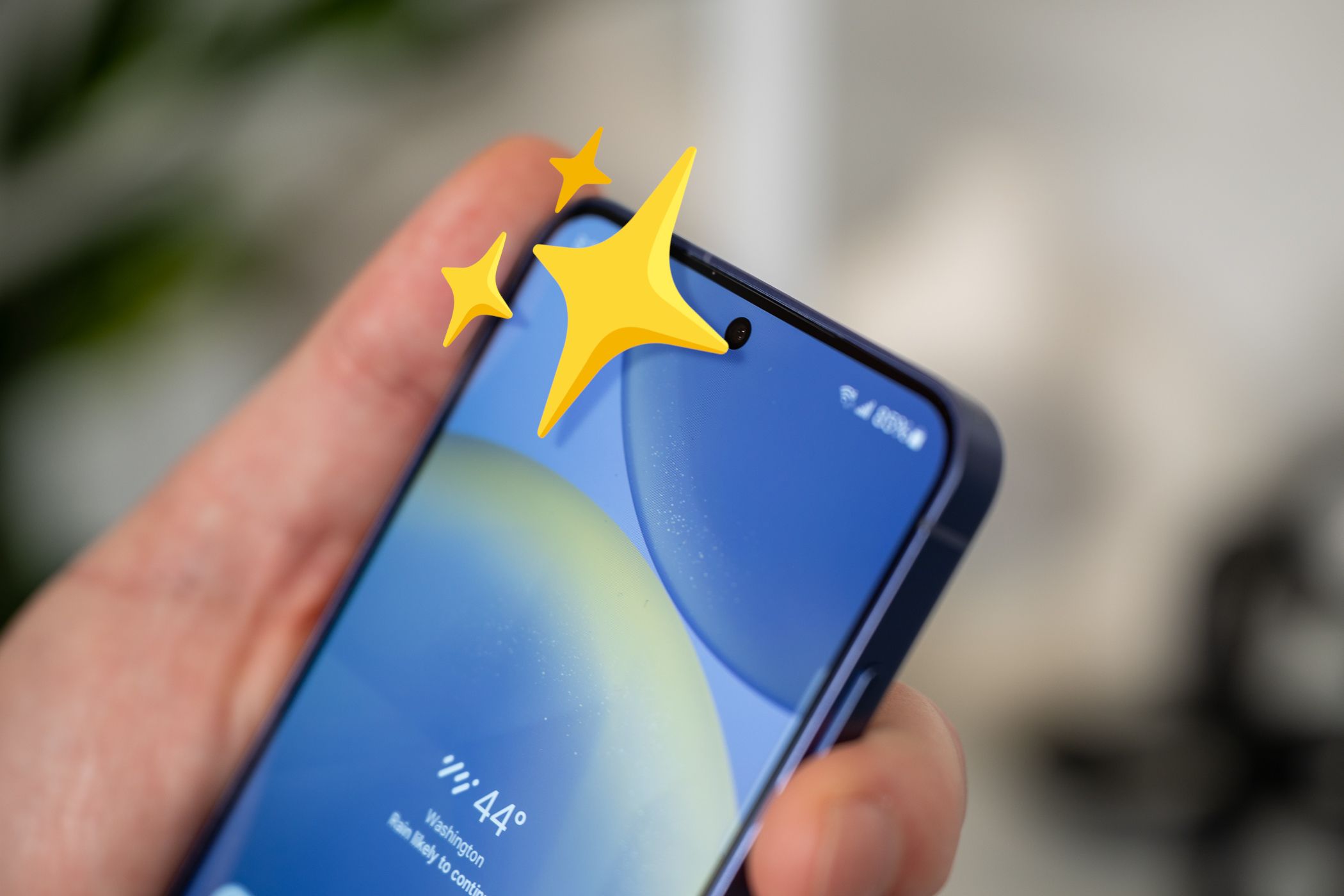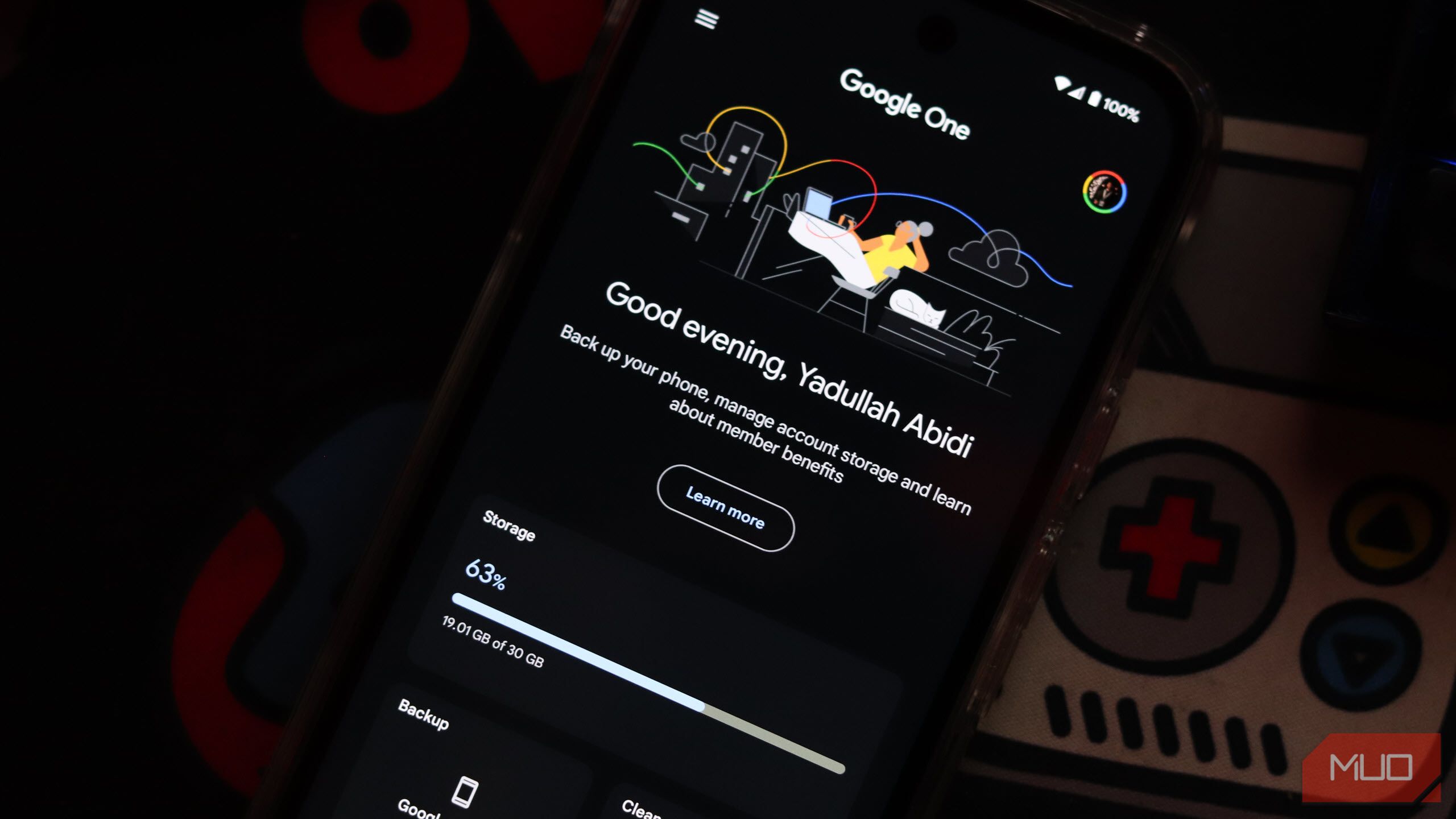If you’ve purchased a new smartphone, you’re probably planning to use it for a few years. Obviously, you’d like to keep it running like new for as long as possible. I recommend following these tips to keep your smartphone in top shape.
7
Use a Protective Case and Screen Protector
Most modern smartphones, the iPhone 16 series, for example, come with a strong front and back body. Manufacturers have been able to improve smartphone durability with the use of materials like Gorilla Glass and aluminum. However, it is worth noting that the use of these materials does not make your smartphone completely immune to damage.
Despite the use of strong materials, there’s still a high possibility that your smartphone’s back or front glass will break if it falls on a pointy, rigid surface like a staircase. I still remember breaking the back glass of my iPhone XR after it slipped from my hand and fell on a concrete road. That wouldn’t have happened if my smartphone had a protective back cover installed.
Since I want my smartphone to always look in perfect condition, I went straight to the Apple repair shop near my house to get the back glass replaced, which cost me around $250. You see, if I had even a $10 back cover installed, the back glass wouldn’t have broken, and I would not have had to spend $250 on getting it repaired.
Similarly, a screen protector can also turn out to be a lifesaver. It’s not only going to protect your smartphone screen from accidental drops, but it’s also going to keep your smartphone screen safe from scratches that often occur due to friction between your smartphone screen and other metallic objects that you keep in your pocket, such as coins or your vehicle keys.
Overall, it is very important to have both a phone case and a screen guard installed on your smartphone if you want it to remain in good condition for many years.
6
Replace the Degraded Battery
It doesn’t matter how big your smartphone battery is; it is going to degrade over time. You will start noticing the signs when it happens. When your smartphone battery has degraded significantly, you will find it not lasting as long as it used to. Furthermore, constant overheating of your smartphone or an increase in charging time are common indicators of a faulty smartphone battery.
There are multiple ways to check your smartphone’s battery health. On your iPhone, you need to open the Settings app, choose “Battery,” and then select “Battery Health & Charging.” Unlike iPhones, most Android smartphones, other than Samsung Galaxy devices, don’t have any built-in method to check battery health. You need to use third-party applications like DevCheck to check the battery health of your Android smartphone.
If the battery health report indicates that your smartphone battery is not in its best condition, it’s a strong indication that it’s time to replace it. Generally, you should opt for a battery replacement if your iPhone battery health percentage has dropped below 80% and the DevCheck Android app shows your battery health as “Bad” instead of “Good.”
Replacing the battery is much cheaper than getting a new smartphone. I recently got my Galaxy S24 battery replaced for around $89, which is $610 cheaper than the current price of a new Galaxy S25. Once the battery is replaced, you will no longer have to deal with any of the above-mentioned battery-related issues.
5
Regularly Clean the Ports
On all smartphones, you will find a charging port. In case you have a smartphone like the Asus ROG Phone 9 Pro Edition, you will have an additional port for inserting your 3.5 mm headphones. Over time, you will find dirt and debris accumulating in these ports, which will lead to you facing various connectivity issues on your smartphone.
For instance, the accumulation of unwanted particles in the charging port will affect the connection; as a result, your smartphone will fail to charge or will constantly lose the charging connection.
That said, if you are facing any kind of issue with charging or connecting the 3.5 mm jack, the first thing you should do is inspect the ports. Use the flashlight of any other smartphone to check inside the port for any kind of dirt or debris. If found, use a can of compressed air to blow it out of the port.
You can also use a toothpick to remove lint from the ports, but be very careful while doing so. You should develop a habit of regularly cleaning the ports every few weeks to ensure your smartphone does not encounter any kind of connectivity issue with the charger or headphones.
4
Get Rid of Unwanted Apps and Files
Both iPhone and Android smartphones have millions of apps on their respective app stores. While you can install any app you want, it’s also worth noting that these apps will take up a significant amount of storage on your smartphone. If you continue to install new apps without getting rid of old ones, there will come a point when your smartphone will not have enough space to install any new apps.
The lack of storage will also affect your smartphone’s performance. You will find your smartphone taking forever to launch an app, or your smartphone’s battery deteriorating quicker than before.
Similarly, you should also constantly monitor your smartphone gallery and the Files app and get rid of all the photos, videos, and other files that you no longer need. Keeping these files stored on your smartphone will occupy space that you could allocate to new files, and they may also affect your smartphone’s performance.
Overall, I would recommend regularly monitoring installed apps and files and getting rid of the ones you no longer need. You can also upload some files to cloud platforms in case you want to clear space on your device, but can’t afford to lose them by deleting them completely.
3
Avoid Downloading Unnecessary Software Updates
I often recommend downloading software updates on smartphones, but there’s a big caveat that you need to be aware of. As it turns out, software updates are great for smartphones that have been released in recent years, like the Samsung Galaxy S23 series. However, if you are using a smartphone that was released multiple years ago, like the Galaxy S21 series, then updating the OS on these devices is going to do more harm than good.
For instance, you might experience sluggishness in your Galaxy S21 smartphone after downloading the latest One UI update. One of the major reasons behind this is the act of planned obsolescence, where smartphone manufacturers deliberately degrade their old smartphones’ performance through software updates so that users eventually have to upgrade to the new model of the device. As a heads-up, Apple was recently fined $500 million in the U.S. after it was found guilty of intentionally slowing down the performance of older iPhones through software updates.
In addition to this, new software updates come with new features, which often require more resources than the features your smartphone currently supports. For instance, One UI 7 is packed with many AI features, such as Gemini Live, Gallery Search, and more. So, installing this update on an almost five-year-old device like the S21 will not make much sense. These new features will consume most of the S21’s resources; as a result, your smartphone will not have enough resources for other tasks, which will eventually result in you facing different issues like constant lag.
So, does that mean you should never download a software update? No, that’s definitely not the case. Instead, what you should do is, if you have an extremely old device, only download software updates if you are facing any kind of issue on your smartphone that you believe could be fixed through a software update.
2
Don’t Root or Jailbreak Your Phone
Despite being quite old, jailbreaking your iPhone or rooting your Android smartphone is still a popular practice in the smartphone world. These techniques allow you to access advanced features of your smartphone. For instance, you can root your smartphone to get more details about its battery condition.
Reading all this, you may think rooting your device is actually a good thing, but that’s definitely not the case. While rooting can help you unlock advanced features of your smartphone, it also makes your device vulnerable to various threats. For instance, malware could drastically damage your rooted Android smartphone since it will have administrative access to modify the system files. Furthermore, most manufacturers, such as Google, will not cover the cost of repairing a smartphone under warranty if the device is rooted.
1
Regularly Restart Your Smartphone
The last thing I would recommend is regularly restarting your smartphone. While this may seem like a small thing, it has plenty of benefits. Restarting your smartphone regularly is so important that the National Security Agency recommends it as one of the many things you should do to keep your smartphone safe.
The first benefit of restarting your smartphone regularly is that it helps speed up your device. As it turns out, when you continuously use your smartphone for a long time, say, 7–8 days without a restart, a large amount of RAM gets cluttered in the background. As a result, you might start to experience lag or sluggishness when using your device. A simple restart, in this case, will help fix the problem.
Regularly restarting your smartphone will clear any exploits that have been planted on your device by a malicious actor. This will ultimately help keep your device safe from cyberattacks. So, how often should you restart your smartphone? This totally depends on the device you have.
Suppose you have a modern smartphone like the iPhone 16 or the Samsung Galaxy S24, which features the latest security updates and a fast processor. In that case, you can consider restarting it once every month. However, if you have an older device, like the iPhone XR or the Galaxy S21, then you should develop a habit of restarting it every week if you want it to keep running in good condition for many more years to come.
Most devices these days come with strong security, a fast processor, and at least enough space that you won’t have to think about upgrading your device for at least 3 to 4 years because of any of these reasons. In case you want to extend the lifespan even more, then you should follow the tips mentioned above.










